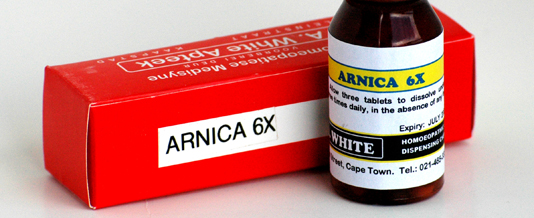One of the phenomena of the medical world is, despite criticism, homoeopathy which has survived for just on two hundred years, continuing to be more and more widely practised, all over the world, whilst other medical practises have arisen, flourished for awhile and then disappeared.
Homoeopathy was founded by a German medical doctor, Samuel Hahnemann [1755-1843], who was not satisfied with the way medicine was practised in his time. Often very poisonous substances such as arsenic were used, substances which, in those days could not be standardised so that medicines were often haphazard, even fatal, in its outcomes.
In his research to find a safer more effective means of healing, Hahnemann discovered that by diluting or attenuating these toxic substances, the curative properties could be retained whilst the toxicity was eliminated.
Further research discovered that these highly attenuated substances often mirrored the illnesses which they caused in their original form. This was Halmemann’s other important principle that “likes cured likes”
Probably the main reason why homoeopathy has been practised for so many years with increasing numbers of practitioners and devotees, all over the world, is the system of diagnosis developed by Halmemann, often referred to as classical homoeopathy.
The general practice of medicine, regardless of whether it is allopathic or by any other system, is to establish from the symptoms what the actual complaint or illness is. Where homoeopathy differs from many other systems is the realisation that apart from the major symptoms which are taken as the indicators of the illness, the complaint effects the entire body and there are myriad other minor symptoms which enables the homoeopathic doctor to establish what the real complaint is which is not always the conclusion arrived at by merely considering the major more obvious symptoms. In the days before the advent of laboratory tests, electronic instrumentation and other investigative systems, in Halmemann’s day, all that a physician could use to diagnose was by physical examination, observation, question and answer and experience to establish what the real source of the illness is.
Hahnemann evolved a system of question and answer which enables the homoeopath to look for all the symptoms, including the minor less obvious ones. Often what by ordinary allopathic examination the supposed cause of the illness is sometimes just another symptom. This is the reason why homoeopathy has often effected a cure where all other treatments and practices have failed. The corollary of this is that homeopaths often treat two patients, who appear to have the identical complaint, differently.
To establish what all these minor symptoms are, Hahnemann developed a system of provings. This entails that a single substance is given, usually in a number of different potencies, to a selected group of healthy persons and the reactions that it produces in their bodies are recorded in detail. This is the basis of the homoeopathic materia medica which enables the homeopath, having establish a comprehensive list of symptoms, covering the entire body, can then select the remedy or remedies which mirror closest to those established in the inateria medica.
